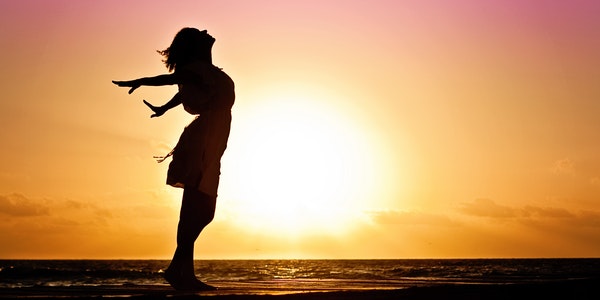Table of Contents
1: Strobe Photography
Also known as flash photography. It is to record the continuous movement process of the moving body on a negative film with the help of continuous flashing of the stroboscopic light source. Due to the limitation of a single negative, the moving speed of the objects under study is often not very high and the movement time is not very long.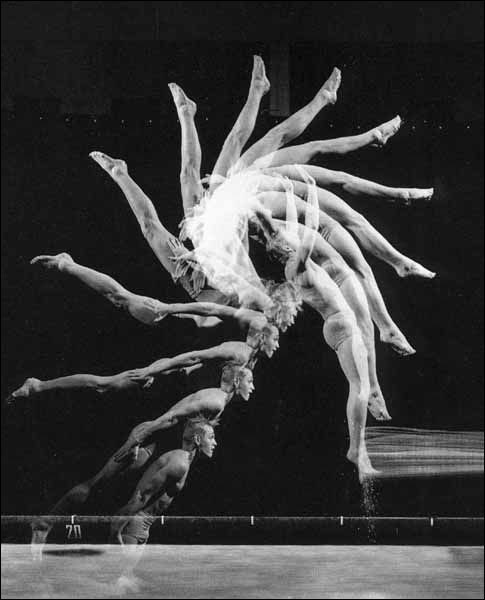
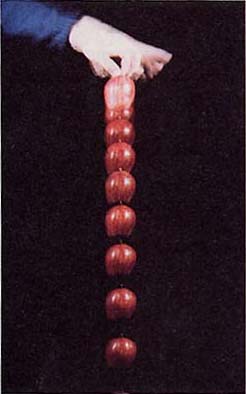
Strobe light sources are generally divided into two categories. One is to use automatic frequency electronic flash (referred to as electronic strobe) to shoot. And advanced points often use laser light sources. The second is to use the ordinary flash group to shoot. Due to the different shooting tools and methods, the effects of strobe photos are also unique.
Electronic Strobe Light
Electronic strobe light is a new type of photographic lighting fixture. When this light is fully charged, it can flash frequently one after the other, like a repeating pistol. The flash frequency of the high-frequency electronic strobe light can be adjusted as required. The higher the flash frequency, the more exposures the film takes and the more images appear on the photo.
Generally speaking, the number of flashes of this kind of light can reach dozens or even hundreds of times per second. When shooting a moving object with an electronic strobe light, dozens of overlapping and well-patched images can be left on the screen. These images, which are generated at regular intervals, can give people a visual experience with a strong sense of rhythm. It can make people feel novel. Because the visual effect of freezing the scene on a picture with high-speed frequency is more invisible than usual with the naked eye.
A black background should be chosen for strobe photos taken with electronic strobe lights. Keep the subject as far away from the background as possible to avoid the stroboscopic light from illuminating the background and affecting the subject. If the subject is relatively close to the background, it is best to make the flash and the subject form a side light and side backlight illumination angle. And the subject should also have obvious outlines, so as to prevent the image and the background from mixing.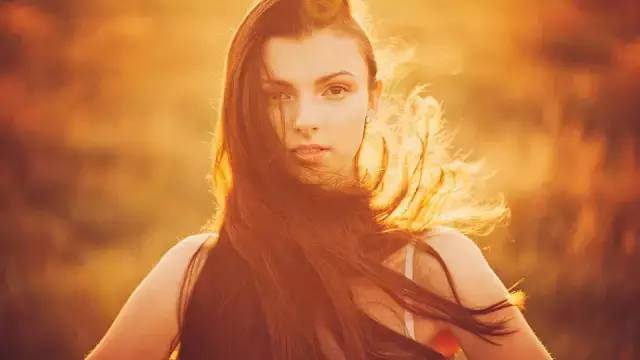
Ordinary Flash
If there is no strobe flash, we can take strobe pictures with normal flash. Take strobe photos with multiple flashes forming a set of light sources. Since the shooting interval of the flash group cannot be very close, the continuous flashing of the ordinary flash group can only produce a few complete and relatively clear images. The images generally do not overlap each other, and the sense of movement and rhythm is relatively poor.
When shooting, first of all, it is necessary to determine how many images are to be left on the screen. How far apart the images are, and whether to use virtual shadows to connect the images. Then decide on the location and number of flashes.
Next, choose a dark background. It is usually better to shoot at night, with a low angle, with a dark sky as the background. Or find a spacious room to ensure that the image of the moving object is not disturbed.
In addition, in order to make the picture clean and the subject stand out, it is best to turn off the other light sources except the flash used for the main lighting in the shooting scene. If you are shooting character dynamics, in order to let the characters know the direction of movement, you can place a small amount of very dim lights on the scene. The light source should be as close to the ground as possible, at an angle of backlight illumination with the subject.
Notes When Shooting
When shooting, open the camera’s B door, lock it with the shutter release, and keep the camera’s shutter open. Then let the moving body begin to move, and the photographer manipulates the flash by hand. Flashes successively according to the different movement postures of the moving body. If you need to shoot three images, use the three flashes to fire three times one after the other. If you need to shoot six images, you can use the three flashes to fire two times each. Or you can use the six flashes to fire six times in succession. It is best to find multiple assistants to operate the flash separately. After reaching a tacit understanding, the effect is ideal.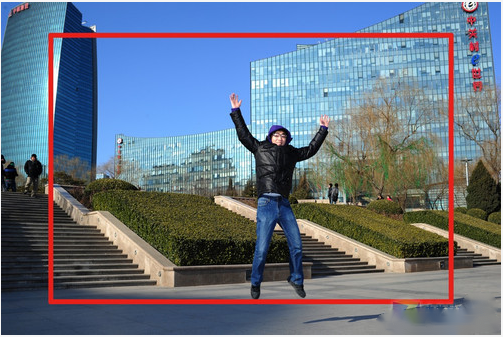
If the moving speed of the moving body is relatively slow and the movement process is long, a single ordinary flash can be used for shooting. This stroboscopic method is to charge the flash fully. Lock the camera B door, fire the flash at the moment when the moving body starts to move, and record the first image. When entering the next look, flash again and record the second image. In this way, after many flashes, many images of moving bodies with different poses will be left on one photo.
Exposure for Strobe Photography
How should the exposure of strobe photography be mastered? If several images are separated from each other, the exposure is calculated as usual with a single flash. If several images are closely connected and partially overlapped, the exposure of these images will increase with the number of flashes. Therefore, in overlapping bursts, the exposure should be reduced by 1-2 stops.
In order to provide a larger range of motion for the moving body, and at the same time to facilitate the recording of the movements of the moving body at each stage, it is best to use a wide-angle lens when shooting. In order to be more sure, it is best to carry out several tests before shooting, let the moving body or person practice several times within the determined shooting range, so that both sides of the shooting can cooperate tacitly. So that the photographer can shoot with confidence.
2: High-speed Photography
High-speed photography, as the name suggests, is a photography method that shoots very quickly and has a short exposure time. From a scientific point of view, high-speed photography is a dynamic subject that studies the instantaneous change process of the material world. And is an important branch of the field of optics.
It adopts the technology of “fast shooting and slow playback”. It slows down the rapidly changing flow process to the level that the human eye can distinguish. In addition to the strong visual shock that may be brought, high-speed photography technology is also widely used in various fields. In the field of scientific research, this technology is often used to record and analyze the movement changes of objects, military, industrial and even the movement of biological organs, microorganisms, and molecules.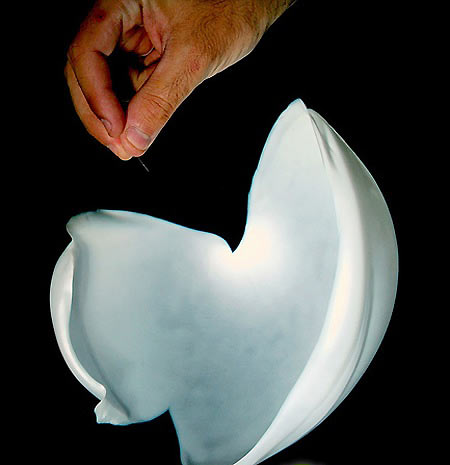
A scene of puncturing a balloon filled with water with a needle, the white part is the balloon
Application of High Speed Photography
This kind of photography technology is also indispensable in modern industry. The modern industrial standard is efficiency and quality, often dozens of hundreds of processes per second. While reducing labor costs, often if a small mistake is not discovered until the end, the loss is also huge.
Today’s industrial equipment is running faster and faster, and the technical requirements are getting higher and higher. For example, some of the current welding robots are equipped with high-speed cameras to analyze the quality of the weld in real time. There are also cigarette machines that roll tens of thousands of cigarettes a minute. Except for the high-speed camera, I couldn’t see anything at all.
Our knitting machine was 1 meter long last week, with 1,000 or 2,000 knitting needles inserted. And sometimes another needle was inserted between the two needles. For example, when filling a glass bottle with beverages, if the filling speed is too fast, the container may break. But if the process is too slow, then the cost goes up. So, in order to see a little bit more clearly and get a more scientific design, it is necessary to take some pictures to show the weak links in the production line.
For example, using high-speed photography to record the changes of various parts and the force of the human body model at the moment of the collision of the car can produce a car with a higher safety factor. People film the crash and then show it at a very slow speed to see how the body deforms during the crash and find weak spots.
High Speed Photography & Sports
In the past half century, the level of human competitive sports has made great progress. Several previously considered limits of human athleticism have been broken one after another. High-speed photography also contributed to the improvement of competitive ability. People use high-speed photography technology to analyze the technical characteristics of elite athletes, find out the gaps and deficiencies of their own athletes, and improve training methods in a targeted manner. So that the level of competition can be rapidly improved.
The History of High-speed Photography
When it comes to high-speed photography, people quickly think of the role of high-speed shutter freezing the moment. Indeed, at the end of the 20th century when electronic cameras were popularized, the shutter speed of some film SLR cameras reached 1/12000th of a second. That made it possible for any photographer to freeze the moment of high-speed movement. In fact, the development process of the shutter from 1/1000th of a second to 1/10,000th of a second has been less than half a century. But the work of high-speed photography is older than the high-speed shutter of the camera. What is going on? In fact, the answer is very simple. The key to achieving high-speed photography is the use of light.
Light and Camera Speed
According to records, as early as 1851, the British chemist, linguist and film pioneer Henry Talbot used the flash from the Leiden battery to clearly record the moving entity. And committed to high-speed photography research and success is Professor Harold Edgeter of the Massachusetts Institute of Technology. The strobe light he eventually invented allowed exposures of 1/1000,000th of a second. So that bullets in flight could be photographed as clearly as stationary.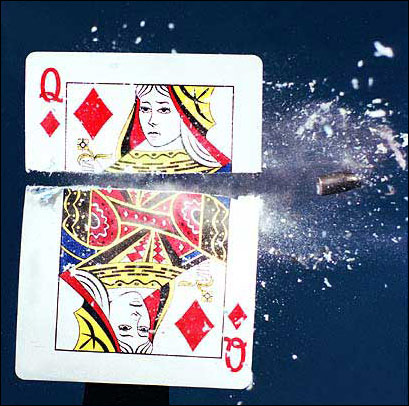
In 1957, Professor Edgeter successfully photographed the shape of a drop of milk splashing after it fell on a plate. That became a classic of high-speed photography. It can be seen that the key to the success of high-speed photography is not entirely the maximum shutter speed of the camera, but the use of light.
For example, in a very sunny environment, the shutter speed of the camera can be set very high. And the water splashed on the ground can be photographed like a glass artifact. But in most cases, high-speed shutter is required to rely on strong flash to complete. Usually, cameras with mirror shutters can achieve full-speed synchronized flash. However, our most commonly used SLR cameras have a synchronization speed limit. And beyond the synchronization speed limit, a complete picture cannot be captured. In this case, the flash with high-speed sync flash function will show its power.
At present, many cameras and advanced flashes have a tell-sync flash function. The so-called high-speed sync flash is the long peak flash. Flashes with longer peaks can support all shutter speeds, even 1/8000th of a second or higher.
Although it is impossible for ordinary photographers to shoot flying bullets, there are still many subjects that can be photographed with high-speed shutter, such as splashing water droplets, moving insects and so on.
